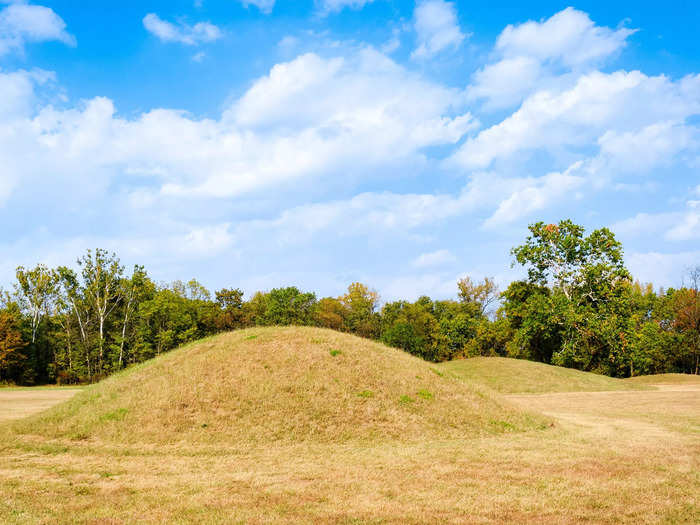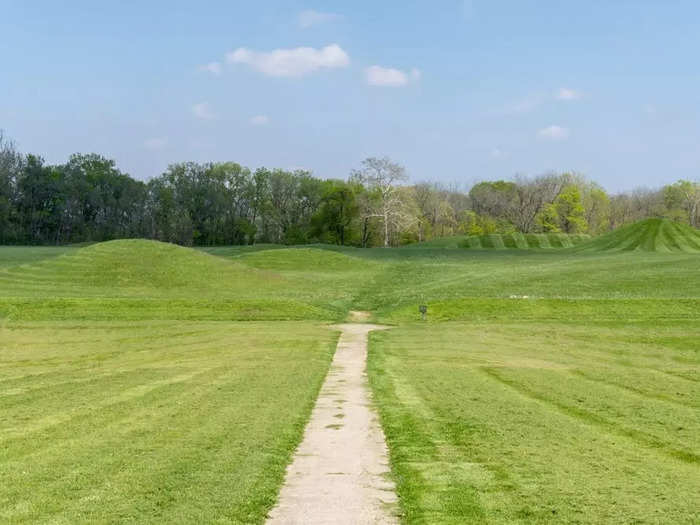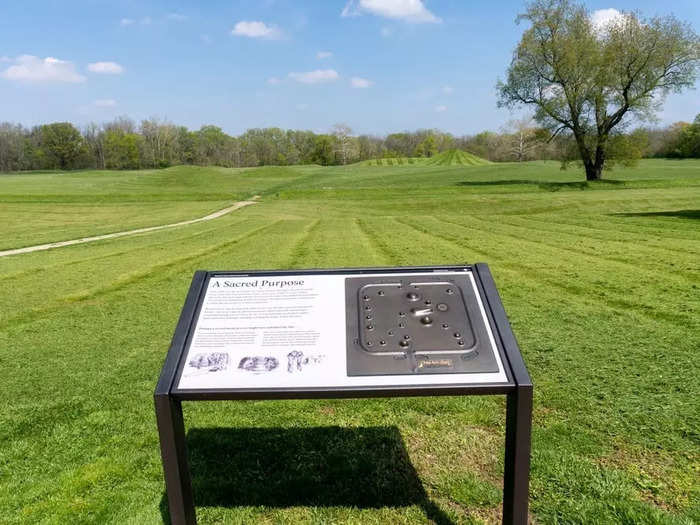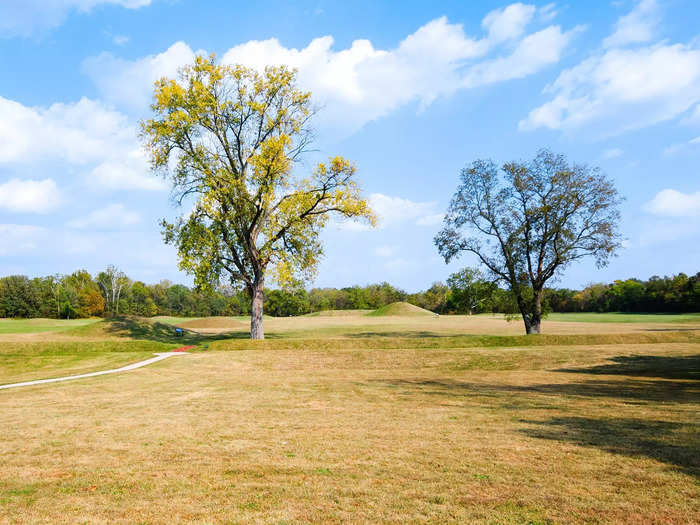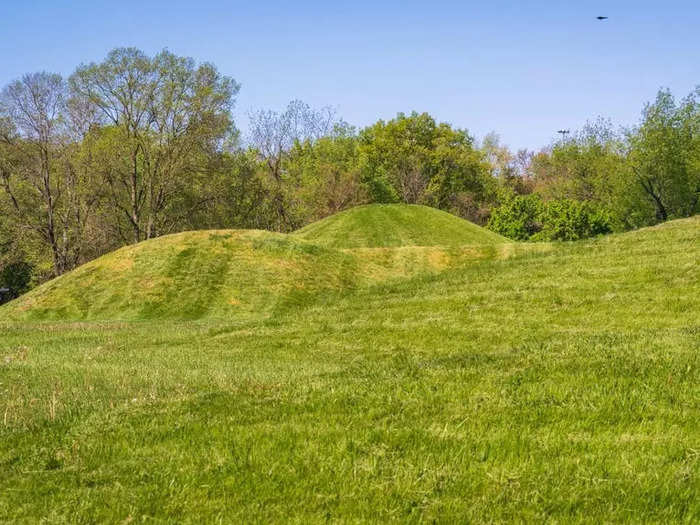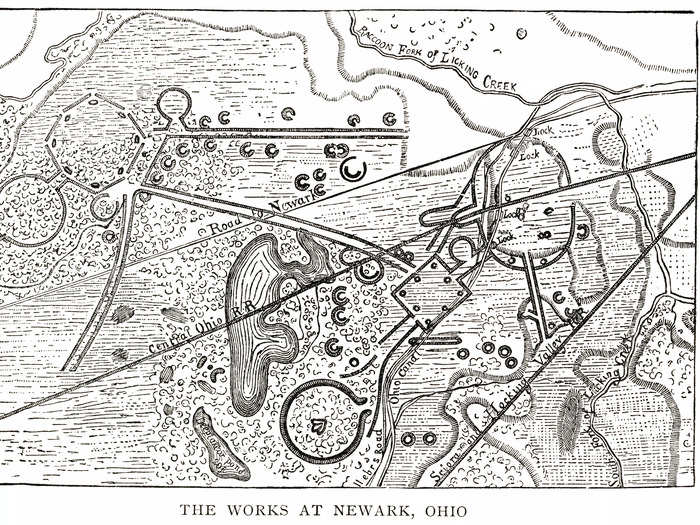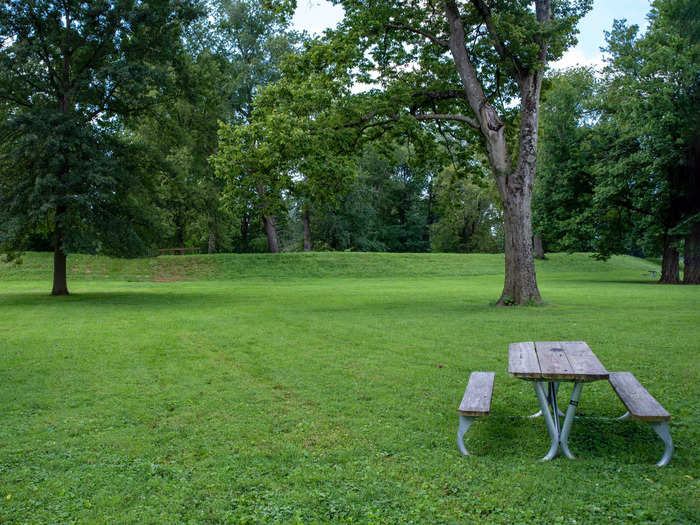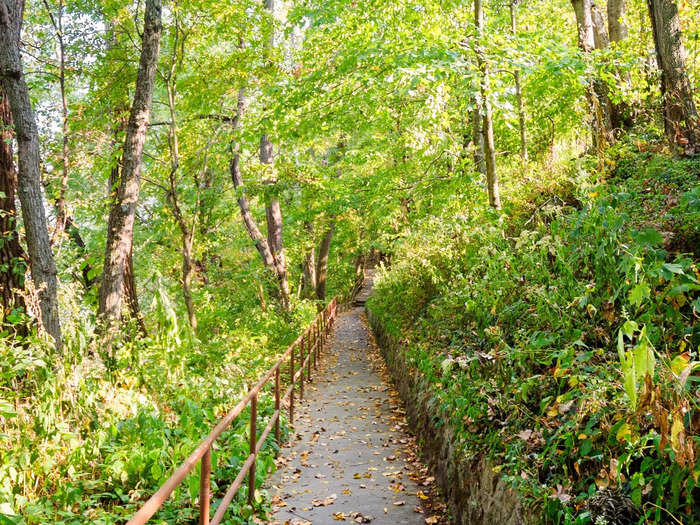The Seip Earthworks.Mary Salen/Getty Images
- UNESCO just added 42 new places to its World Heritage Sites.
- Of those 42, just one is in the United States: the Hopewell Ceremonial Earthworks in Ohio.
Thousands of years ago, disparate groups of Native Americans came together to form the Hopewell culture, LiveScience reported.
Part of that culture was constructing complex, huge mounds, including those known as the Hopewell Ceremonial Earthworks in Ohio. Around them, many artifacts have been unearthed that provide us with invaluable knowledge about the land.
On September 19, UNESCO (the United Nations Educational, Scientific and Cultural Organization) added the Hopewell Ceremonial Earthworks to its list of World Heritage Sites, which it called a "designation for places on Earth that are of outstanding universal value to humanity."
Here's what you need to know about the Hopewell Ceremonial Earthworks.
This month, UNESCO announced the newest additions to its list of World Heritage Sites. The only addition in the US was the Hopewell Ceremonial Earthworks in Ohio.
Mound City. Mary Salen/Getty Images
UNESCO called the earthworks "eight monumental earthen enclosure complexes built between 2,000 and 1,600 years ago along the central tributaries of the Ohio River."
Hopewell Culture National Historical Park. zrfphoto/Getty Images
The earthworks, which historians describe as "part cathedral, part cemetery and part astronomical observatory," are spread across the Hopewell Culture National Historical Park in Chillicothe, as well as nearby Newark and Oregonia.
Hopewell Culture National Historical Park. EWY Media/Shutterstock
The term Hopewell doesn't refer to one Native American tribe. It actually refers to a group of distinct tribes living in North America who were connected by trade routes from 200 BC to 500 AD.
Mound City. EWY Media/Shutterstock
While we don't know exactly what the earthworks were for, UNESCO describes them as evidence of a developed society, constructed to align with "the cycles of the Sun and the far more complex cycles of the Moon."
Hopewell Culture National Historical Park. zrfphoto/Getty Images
Archaeologists have also found artifacts surrounding the earthworks that prove the people who lived there interacted with tribes as far away as Florida and Yellowstone, according to the National Park Service.
Hopewell Culture National Historical Park. Zack Frank/Shutterstock
As you can see, the mounds are huge and "form precise squares, circles, and octagons," according to the NPS.
The Seip Earthworks. Mary Salen/Getty Images
Source: National Park Service
The sites included in the list are the Octagon Earthworks, Great Circle Earthworks, Hopeton Earthworks, Mound City, High Bank Works, Hopewell Mound Group, Seip Earthworks, and Fort Ancient.
The Seip Earthworks. Mary Salen/Getty Images
This is a map of the Newark Earthworks, one of the eight sites, from 1862. The mounds have fascinated people for hundreds, if not thousands, of years.
An 1862 woodcut map of Newark Earthworks, Ohio. NNehring/Getty Images
The park itself is a great place to marvel at ancient societies, or have a picnic.
An empty picnic table by the exterior of the Great Circle at the Newark Earthworks. Mary Salen/Getty Images
There are also trails that are full of beautiful trees and views of Ohio's foliage.
Hopewell Culture National Historical Park. zrfphoto/Getty Images
The earthworks are now the US' 25th UNESCO World Heritage Site — and Ohio's first. You can see them at the Hopewell Culture National Historical Park, Newark Earthworks, and Fort Ancient Earthworks.
The Seip Earthworks in Ohio. Mary Salen/Getty Images


